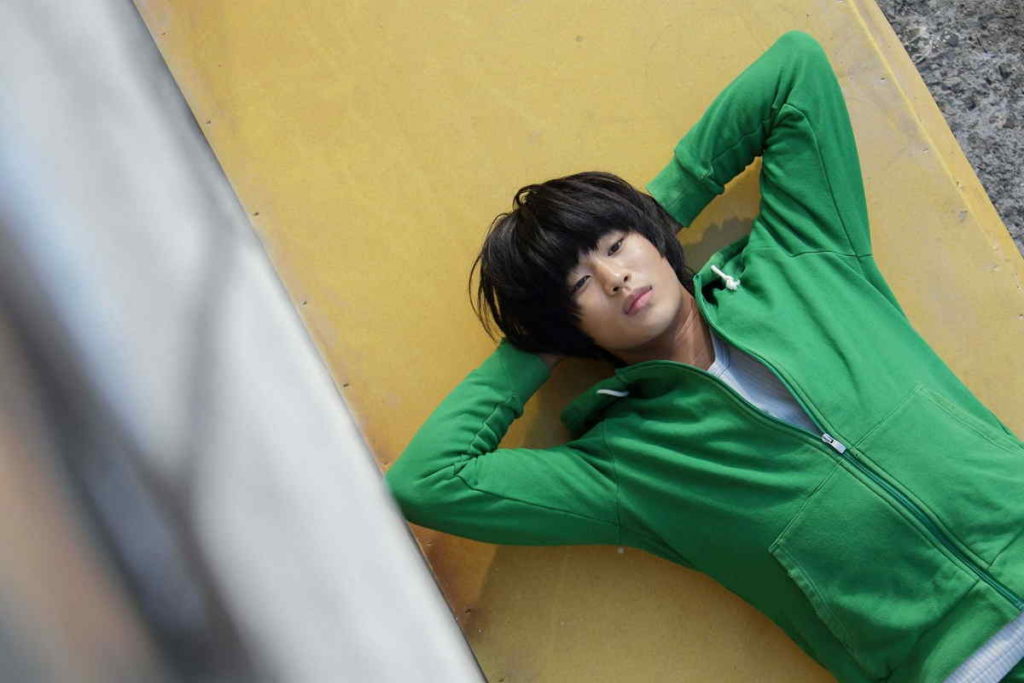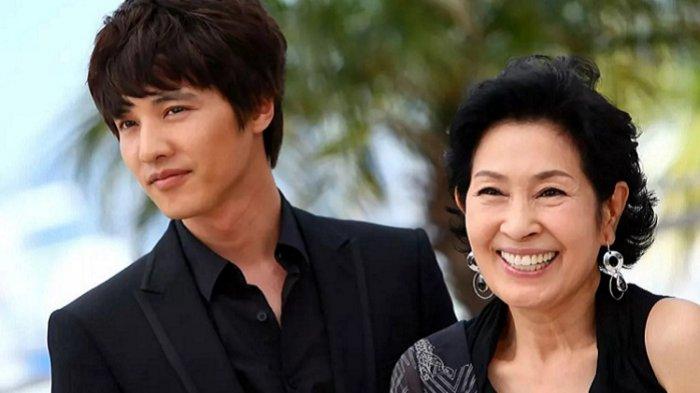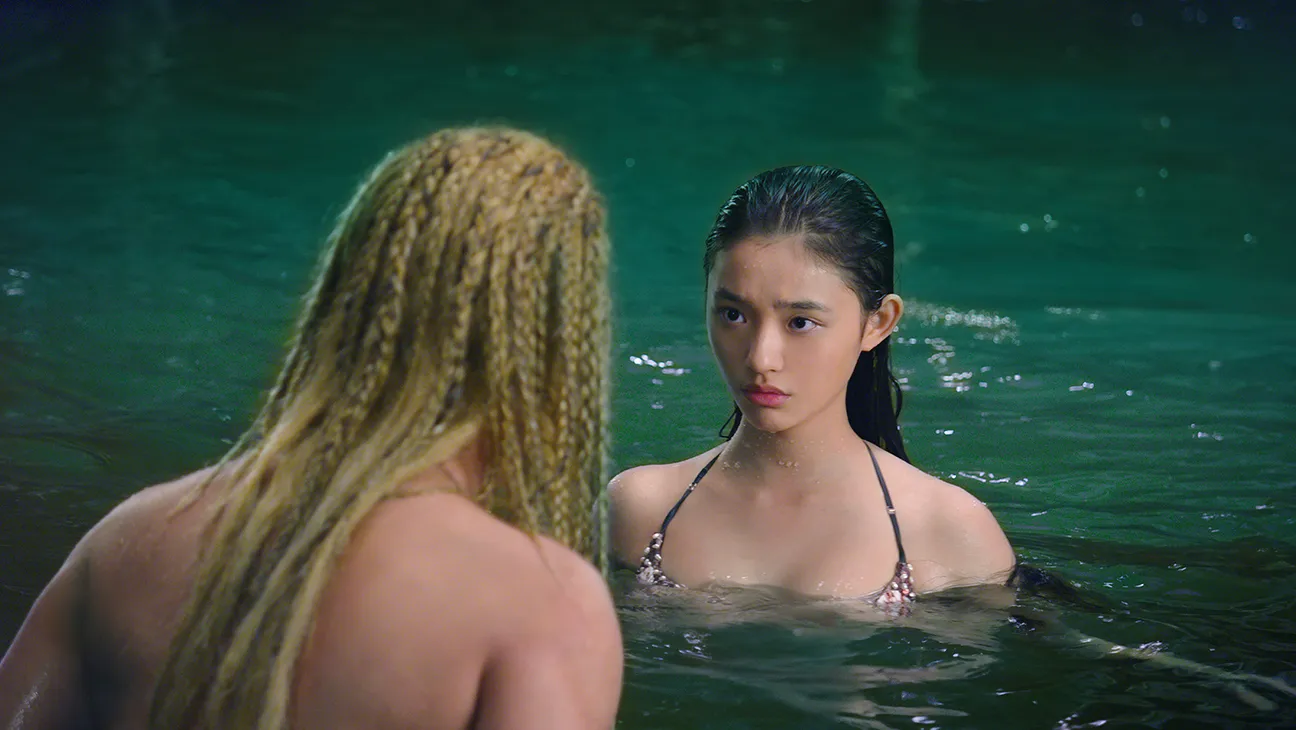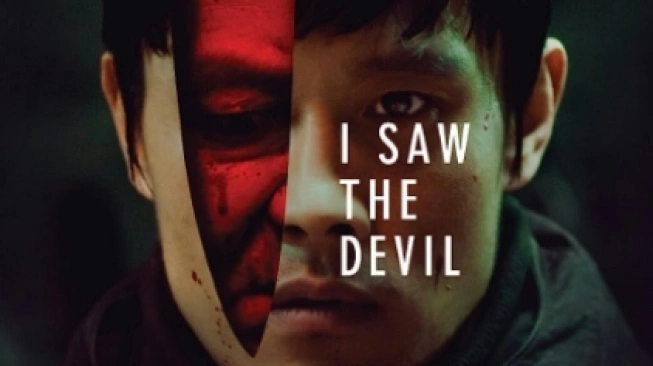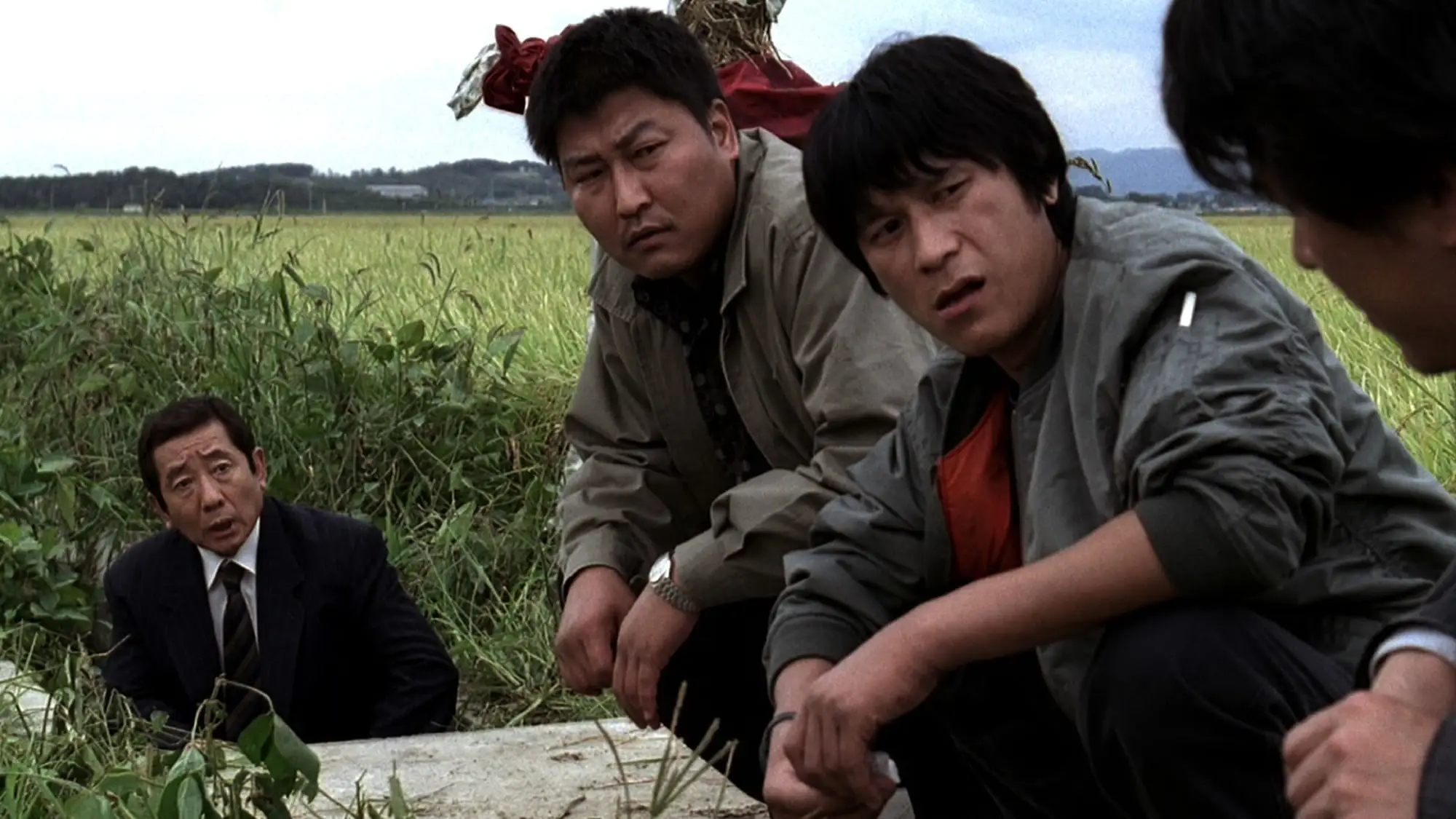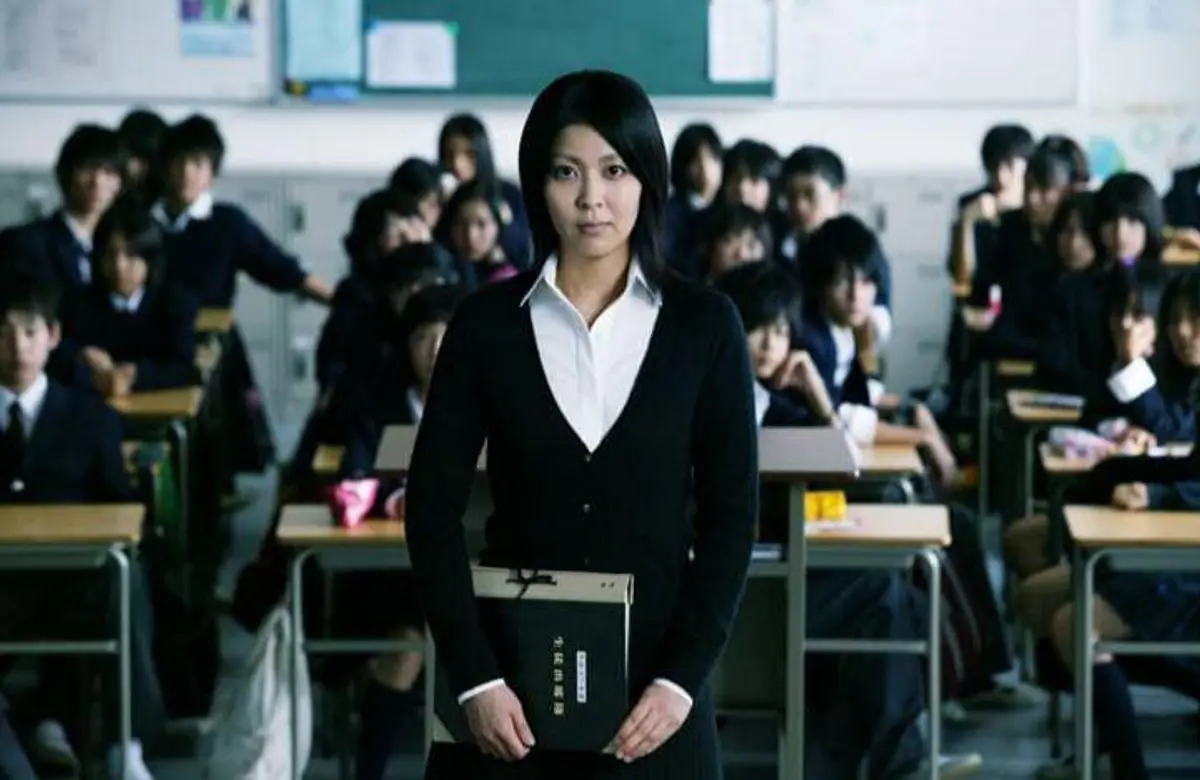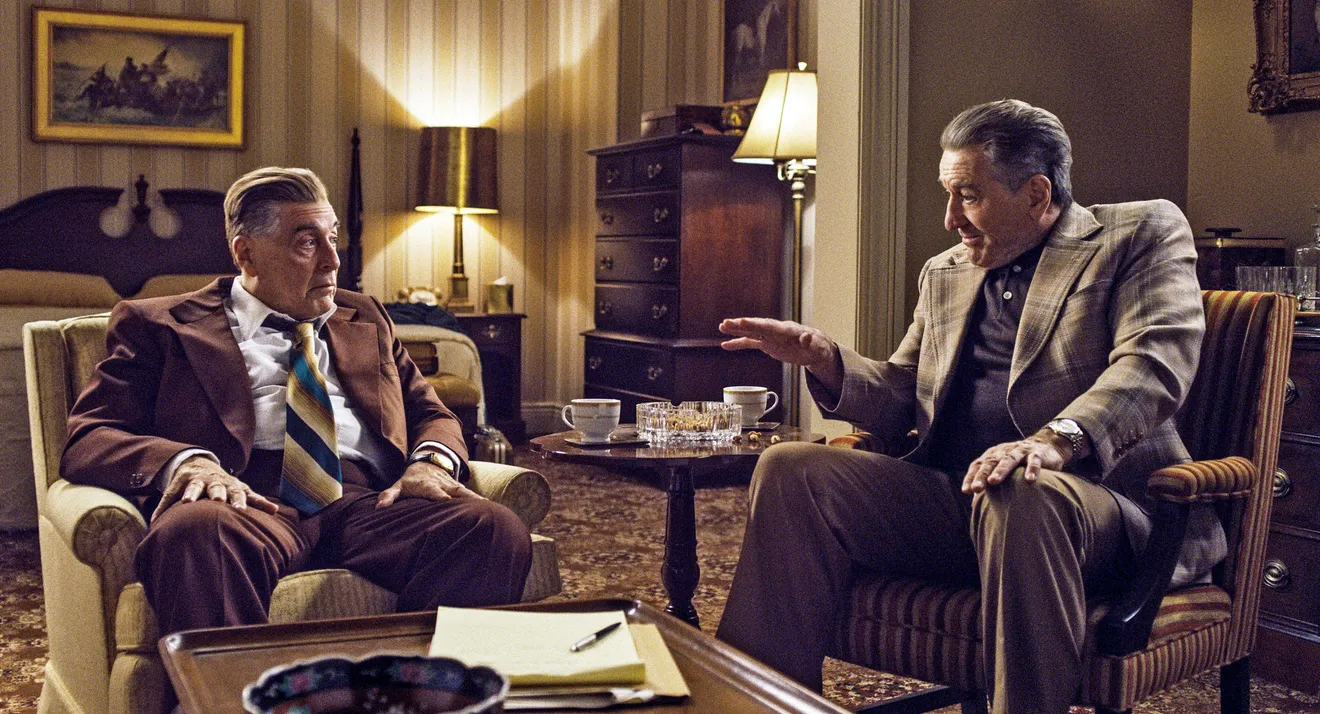
The Irishman movie has captivated audiences with its sprawling narrative, unforgettable performances, and masterful direction. This epic crime drama, directed by Martin Scorsese, brings together some of Hollywood’s most revered actors to tell a story of loyalty, betrayal, and the passage of time. Based on Charles Brandt’s book, I Heard You Paint Houses, the film delves deep into the life of Frank Sheeran, a truck driver who becomes entangled with organized crime, highlighting both the glories and the human cost of a life in the mob.
Origins and Background of The Irishman Movie
The Irishman movie is an adaptation of real-life events surrounding Frank Sheeran, famously nicknamed “The Irishman.” The story spans decades, tracing his rise within the ranks of organized crime and his complex relationships with powerful figures like Jimmy Hoffa. Martin Scorsese’s commitment to authenticity ensured that the film remained grounded in reality, despite its almost mythic scale.
The film was also notable for its groundbreaking use of digital de-aging technology. Robert De Niro, Al Pacino, and Joe Pesci reprised their roles at various ages, allowing the story to flow seamlessly across multiple decades. This technological innovation in The Irishman movie contributed to its cinematic impact, enhancing both realism and storytelling depth.
Read More: Exploring the Heart of The Fabelmans Movie
Plot Overview
The Irishman movie unfolds over several decades, offering a detailed exploration of Frank Sheeran’s life. Starting as a humble truck driver, Frank gradually becomes a trusted associate of mob boss Russell Bufalino. The story follows his involvement in labor union activities, political connections, and ultimately, the disappearance of the legendary union leader Jimmy Hoffa.
The narrative structure allows viewers to witness both the thrills and the moral dilemmas inherent in Frank’s life. The film balances moments of intense action with quieter, contemplative sequences, revealing the emotional and ethical cost of a life intertwined with crime.
Read More: Discovering the Heart of Lady Bird Movie
Characters and Performances
Frank Sheeran
Robert De Niro’s portrayal of Frank Sheeran is central to The Irishman movie. De Niro captures the complexity of a man who is both charming and ruthless, devoted yet morally conflicted. His performance brings depth to Frank’s character, revealing his humanity even amidst violence and betrayal.
Jimmy Hoffa
Al Pacino delivers a career-defining performance as Jimmy Hoffa, the charismatic labor leader whose rise and fall are intimately tied to Frank’s story. In The Irishman movie, Pacino’s portrayal captures Hoffa’s intensity, ambition, and vulnerability, making him a compelling figure whose fate shapes much of the narrative.
Russell Bufalino
Joe Pesci, returning to a more subdued role, plays Russell Bufalino, the calculated and strategic mob boss who influences Frank’s journey. Pesci’s restrained performance adds tension and gravitas, showing the power dynamics at play within organized crime.
Supporting Characters
Supporting roles, including union officials, family members, and other mob associates, enrich The Irishman movie by providing context and depth. These characters highlight the social, political, and personal stakes of Frank’s world, making the story feel expansive and authentic.
Read More: Introduction to Ford v Ferrari movie
Cinematic Style and Direction
Martin Scorsese’s direction in The Irishman movie exemplifies mastery of narrative pacing and visual storytelling. The film’s long runtime allows for detailed character development and exploration of thematic elements. Scorsese’s attention to period detail, combined with fluid cinematography, immerses viewers in a bygone era of American history.
Visuals and Cinematography
The cinematography in The Irishman movie captures both the grandeur and intimacy of Frank’s life. Wide shots convey the scope of events, from bustling union meetings to tense mob gatherings, while close-ups reveal the characters’ internal struggles. The color palette often reflects mood and tone, transitioning from vibrant sequences of success to muted scenes of isolation and reflection.
Symbolism and Imagery
Symbolism in The Irishman movie enhances its narrative depth. Recurring motifs, such as aging, time, and mortality, underscore the inevitable consequences of choices made within the criminal world. Scorsese uses visual cues to remind viewers of the passage of time, making the film both a crime epic and a meditation on life, legacy, and regret.
Read More: The Genius of the Parasite Movie
Themes Explored
Loyalty and Betrayal
Loyalty is central to The Irishman movie, explored through Frank’s relationships with Jimmy Hoffa, Russell Bufalino, and other associates. The film examines how loyalty can be tested, manipulated, and ultimately broken, revealing the moral ambiguities inherent in a life of crime.
Power and Influence
The pursuit and maintenance of power is another core theme in The Irishman movie. From mob politics to union leadership, the characters navigate a world defined by influence and control. The film demonstrates how power shapes relationships, decisions, and destinies, offering a nuanced portrayal of human ambition.
Mortality and Regret
Time and mortality loom large over The Irishman movie. The film’s reflective tone and emphasis on aging highlight the consequences of choices, showing how violence and ambition can lead to isolation and remorse. This existential layer adds emotional weight to the narrative, making it resonate beyond its crime story.
Music and Soundtrack
The Irishman movie employs a carefully curated soundtrack that enhances its storytelling. Classic songs from each era evoke nostalgia and contextualize the time periods, while the score by Robbie Robertson underscores emotional and narrative beats. Music in The Irishman movie serves both as background and as an emotional amplifier, accentuating the highs and lows of Frank Sheeran’s journey.
Critical Reception
Upon release, The Irishman movie received widespread acclaim for its performances, direction, and technical achievements. Critics praised the film’s epic scope, nuanced character portrayals, and innovative use of digital de-aging. De Niro, Pacino, and Pesci were lauded for their transformative performances, and Scorsese’s direction was hailed as a masterclass in modern filmmaking.
Audiences responded positively to the film’s depth and narrative complexity, appreciating its blend of historical insight, personal drama, and cinematic craftsmanship. The Irishman movie also sparked discussions about the ethics of storytelling, aging actors, and the evolution of crime cinema.
Cultural Impact
The Irishman movie has left a significant mark on both cinema and popular culture. Its innovative approach to visual effects, combined with classical storytelling techniques, influenced how filmmakers approach period dramas and crime narratives. The film also revived interest in the real-life figures it portrays, leading to renewed discussions about Frank Sheeran, Jimmy Hoffa, and organized crime in mid-20th century America.
The movie inspired articles, documentaries, and social media discussions, extending its reach beyond traditional film audiences. It has become a reference point for discussions about loyalty, morality, and the cost of ambition.
Legacy and Influence
The legacy of The Irishman movie lies in its ambitious storytelling, technical innovation, and emotional resonance. The film exemplifies Martin Scorsese’s enduring impact on cinema, blending traditional narrative techniques with modern technology to tell a story that spans decades.
The Irishman movie also sets a standard for epic crime dramas, showing that character-driven stories with historical grounding can achieve both critical and popular success. Its influence is visible in subsequent films and series exploring organized crime, loyalty, and the human condition.
Why The Irishman Movie Resonates
The power of The Irishman movie comes from its ability to balance epic storytelling with intimate character exploration. Viewers are drawn into Frank Sheeran’s world, experiencing both the allure and the danger of a life shaped by crime. The film’s reflective tone, moral complexity, and human focus make it more than a conventional mob story.
Audiences connect with the themes of loyalty, power, and regret, while the performances and direction keep them engaged across the film’s expansive runtime. The Irishman movie succeeds as both a historical epic and a deeply personal tale, offering insights into the human experience that extend beyond its crime narrative.
Awards and Recognition
The Irishman movie earned numerous accolades, including Academy Award nominations for Best Picture, Best Director, and acting categories. Its recognition underscores the film’s artistic achievement and the enduring relevance of Scorsese’s vision. The movie also received awards for technical innovations, including visual effects and cinematography, highlighting its contribution to modern filmmaking.
Conclusion
The Irishman movie is a monumental achievement in contemporary cinema, combining stellar performances, masterful direction, and innovative technology to tell a story that spans decades. Its exploration of loyalty, ambition, and mortality resonates deeply, while its historical grounding and attention to detail make it a compelling and authentic portrayal of organized crime. Martin Scorsese’s epic not only entertains but also offers a meditation on life, choices, and the passage of time, solidifying its place as a modern cinematic classic

